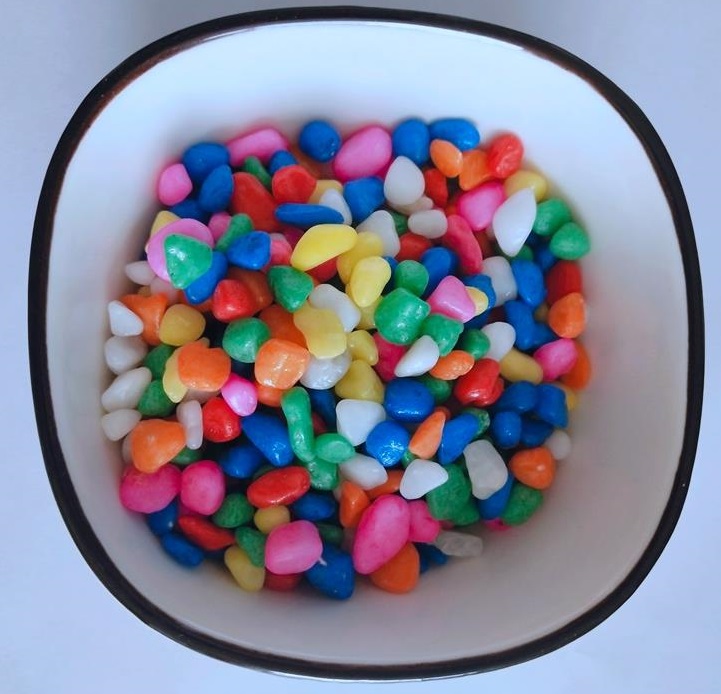
titanium dioxide rutile and anatase factories
The Production of Titanium Dioxide Rutile and Anatase
Titanium dioxide (TiO2) is one of the most widely utilized industrial compounds, primarily known for its excellent opacity, UV resistance, and white pigment properties. The two most common crystalline forms of titanium dioxide are rutile and anatase, each holding distinct properties and applications that influence their production processes and uses.
Rutile and Anatase – Understanding the Differences
Rutile, the most thermodynamically stable form of titanium dioxide, is characterized by its high refractive index and durability. It exhibits better performance in applications requiring high temperature and resistance to chemical degradation. Conversely, anatase is less stable but is prized for its photocatalytic properties, making it suitable for applications in environmental remediation and solar energy conversion.
Manufacturing Processes
The production of titanium dioxide can be achieved through several methods; the most prevalent are the sulfate and chloride processes.
1. Sulfate Process This method involves the reaction of titanium-bearing minerals with sulfuric acid. The resulting titanyl sulfate is then hydrolyzed to produce titanium dioxide. The sulfate process typically yields anatase and is favored for its ability to use a wider range of raw materials, including ilmenite, rutile, and other titanium ores. However, the process generates significant amounts of waste and requires rigorous environmental controls.
titanium dioxide rutile and anatase factories

2. Chloride Process In contrast, the chloride method begins with the chlorination of titanium ores at high temperatures. This process produces titanium tetrachloride (TiCl4), which is then oxidized to produce titanium dioxide. The chloride process predominantly yields rutile and is known for producing higher purity TiO2, making it desirable for applications requiring high whiteness and opacity, such as paints, coatings, and plastics. The chloride method is more efficient and generates less waste, positioning it as a more environmentally friendly option.
Global Production Landscape
The global titanium dioxide market is driven by various industries, including automotive, construction, and consumer goods. Major producing countries include the United States, China, and European nations, where both methods of titanium dioxide production are employed. In recent years, China has emerged as a dominant player in the TiO2 market, focusing on expanding capacities and enhancing production technologies to meet domestic and international demand.
Environmental Considerations
With increasing global awareness regarding environmental sustainability, the titanium dioxide industry faces pressures to minimize its ecological footprint. This challenge has spurred advancements in production technologies, promoting the adoption of cleaner processes and recycling initiatives. Manufacturers are exploring innovative ways to reduce waste and emissions, particularly in the sulfate process, while enhancing the efficiency of the chloride process.
Conclusion
In summary, the titanium dioxide industry, particularly the production of rutile and anatase, is characterized by distinct manufacturing processes that cater to a diverse range of applications. As the demand for high-quality TiO2 continues to rise, the industry's focus on sustainability and technological innovation will be crucial in meeting both consumer needs and environmental objectives. As such, understanding the nuances of rutile and anatase production remains essential for stakeholders navigating this dynamic market.
Share
-
Natural Premium Bentonite Cat Litter - Superior ClumpingNewsJul.31,2025
-
Premium Resin Coated Sand - High Heat Resistance CastingNewsJul.31,2025
-
High Quality Silicon Carbide Grit for Abrasive ApplicationsNewsJul.30,2025
-
High-Quality Ceramsite for Plants & Gardening | Lightweight PebblesNewsJul.29,2025
-
Premium Burgundy Glass Marbles for Vases & Shooter GamesNewsJul.29,2025
-
High Purity Quartz Sand for Industrial and Ground ApplicationsNewsJul.29,2025






